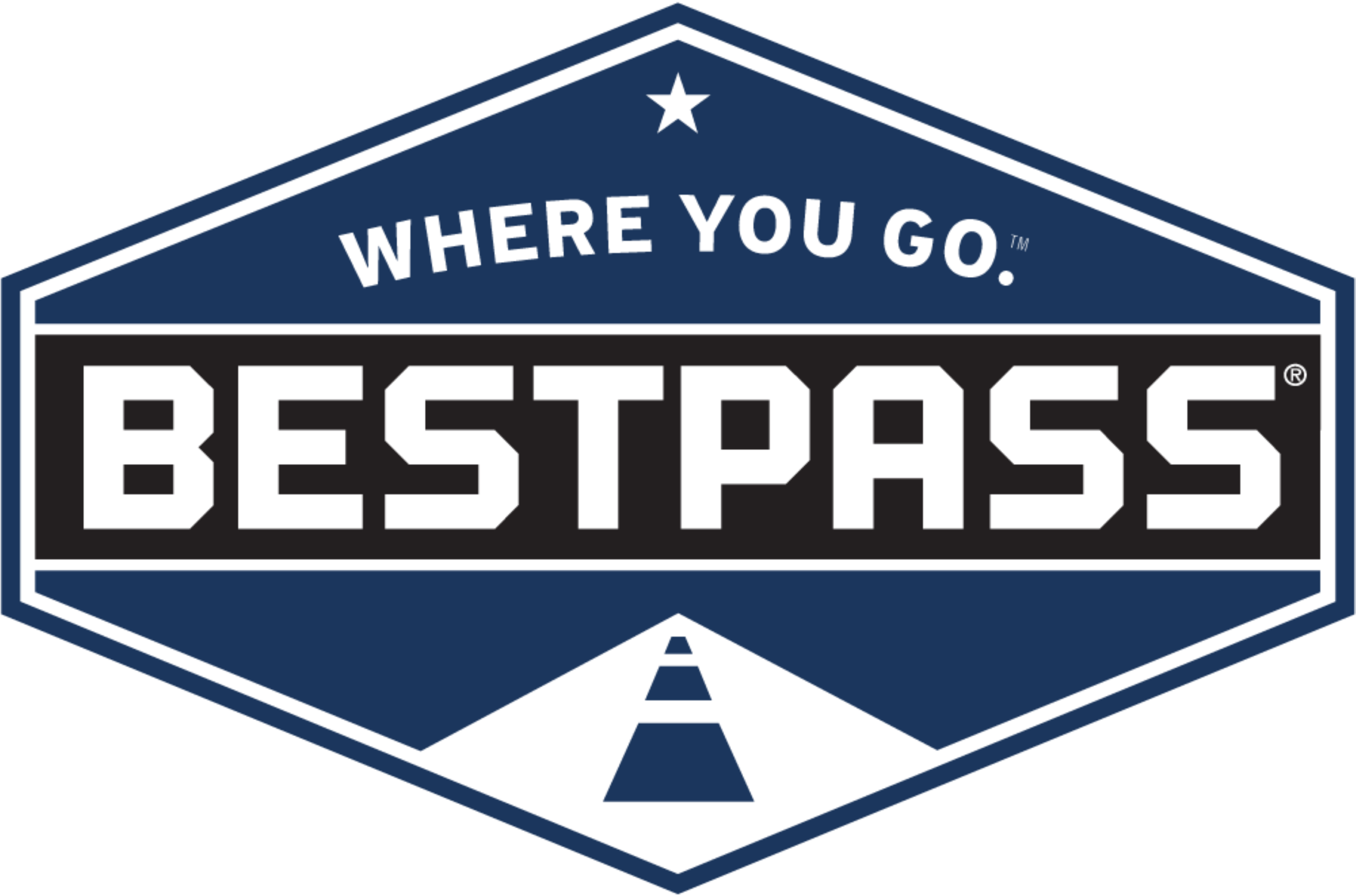Partnership Directory
Drivewyze Technology Partners: ELD Compliance Solutions, and More
Apple & Android Mobile Devices
Learn MoreBestpass
Learn More
DriverTech
Learn MoreEleos
Learn More
EZLOGZ
Learn More
FleetHunt
Learn More
Geotab
Learn More
ISAAC
Learn MoreKonexial
Learn More
Motive
Learn More
Omnitracs
Learn MoreORBCOMM
Learn MorePedigree Technologies
Learn MorePlatform Science
Learn More
Rand McNally
Learn MoreSamsara
Learn More
Switchboard
Learn MoreTransflo
Learn MoreTrimble
Learn More
Verizon Connect
Learn More
It’s been over six years since the ELD rule went into effect, requiring many commercial motor vehicles (CMVs) to obtain and use an electronic logging device to ensure compliance with hours of service (HOS) and record of duty status (RODS) regulations. While the stated goal of the DOT’s Federal Motor Carrier Safety Administration (FMCSA) ELD mandate was to create a safer environment for truck drivers and others on the road, numerous other benefits have been realized.
Because an ELD plugs directly into a vehicle’s OBD (including OBDii) port, it’s able to track and save telematics data on the vehicle’s engine diagnostics, speed, real-time location, driving time, and more. This data, when used wisely, can reduce costs, improve efficiency, streamline operations, and increase bottom lines. When ELD providers—like the Drivewyze partners listed below—make use of integrated and evolving technologies, ELD solutions are just the tip of the iceberg.
How ELDs are Changing
In the fall of 2022, the FMCSA sought comments regarding possible changes to the ELD mandate. In addition to considering when truckers and other commercial vehicle drivers might need to make use of paper logs to remain in compliance in the event of ELD malfunction, the agency also revealed it was considering an ELD certification process.
Regardless of what further changes are made, the usefulness of ELDs and other telematics systems goes far beyond elog compliance. While any changes to the ELD rule will have to be followed, the tech revolution it helped speed up is here to stay, and it’s only getting more impressive. In many cases—like with Drivewyze’s Andoird and iPhone(iOS) mobile apps—the benefits of fleet management system-type tools and improved safety technologies don’t require a physical ELD device at all, just a smartphone and/or in-cab device. From GPS tracking and geofencing to dashcam recording devices, commercial drivers—and their vehicles—are more connected and safe than ever before, and they’re generating more actionable data, too.
Here are some of the ways ELD systems and other CMV-centered tech is improving the trucking experience around the world.
Emissions Reducing Devices and Apps
From Drivewyze PreClear to Samsara’s Connected Operations Cloud, the best ELD devices, operations platforms, and related apps make it easier—and safer— for owner-operators and entire fleets to reduce emissions, by reducing idling, improving routes, decreasing driver fatigue, and more.
Cost Savings
Electronic logbooks and similar apps and devices save fleet managers and drivers money by reducing fees and penalties, but their cost cutting goes further. Many ELDs allow drivers to use their own devices to track compliance and monitor progress, reducing the need to supply each driver with an ELD-specific device. In addition, telematics data can assist fleet managers with route improvements, while also speeding up (or bypassing entirely) weigh station stops and roadside inspections, reducing costs and saving time.
Ease of Use
One of the primary benefits ELDs offer is ease of use—in compliance and data gathering. While there are certainly some apps and devices that are easier to use than others, when compared to paper, the hands-off accuracy and efficiency provided through ELDs and other telematics devices is hard to over-state.
Frequently Asked Questions About ELDs
What do ELDs do?
An ELD, or electronic logging device, tracks and saves a vehicle’s engine-related information, allowing for greater ease and accuracy in recording a driver’s record of duty status (RODS) and hours or service (HOS).
Who must use an ELD?
Any commercial driver/vehicle legally required to maintain records of duty status (RODS), including commercial buses and trucks, as well as Mexico- and Canada-domiciled drivers, must use an ELD. There are exemptions and waivers, however, such as short-haul exemptions.
How does an ELD work?
An ELD works by plugging directly into a vehicle’s diagnostic port and recording driving time, engine hours, location, miles driven, and other vital information for easy and accurate logging of hours of service (HOS).
Does ELD track speed?
It depends. While most electronic logging devices can track speed, they don’t necessarily do so, and there is no compliance regulation that currently requires it.
Does ELD have GPS?
Yes. ELDs are able to provide near real-time and accurate location information to a connected app or logging device.
Can a cell phone be used as an ELD?
Yes. According to the DOT, an ELD can be a cell phone, smartphone or other wireless-enabled device so long as it meets specifications. As a portable device, however, it must be fixed in a mounted position and visible to the driver during vehicle operation.
Can I go off duty while being unloaded?
No. FMCSA regulations dictate that any time spent loading or unloading must still be logged as on duty, regardless of whether the driver is involved in assisting or watching.
Who is exempt from ELD?
There are a number of drivers and vehicle types exempt from ELD regulations. These include:
- Drivers not required to keep records of duty status (RODS)
- Drivers who use short-haul timecards
- Vehicles manufactured before 2000 but outfitted before AOBRD
- Drivers with malfunctioning ELDs who are using paper logs
- Drive away and tow away operations
For a complete and exhaustive list, visit FMCSA.